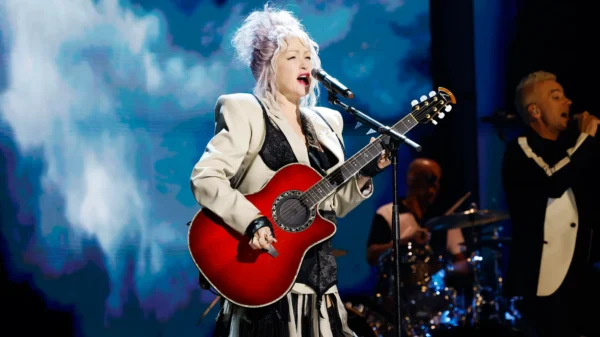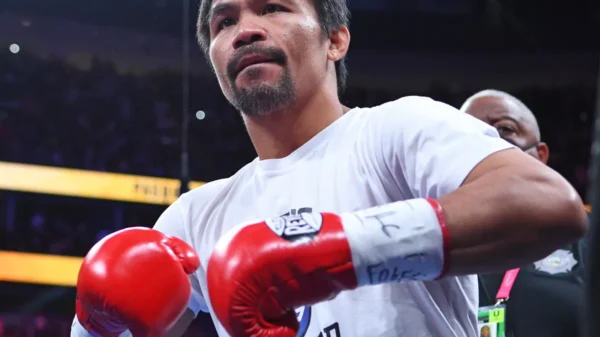The Importance of LGBTQ Representation in Entertainment
LGBTQ representation in entertainment plays a crucial role in promoting diversity and inclusion. It allows individuals from the LGBTQ community to see themselves reflected on screen, helping to validate their experiences and identities. Moreover, it helps to educate and raise awareness among the general population, breaking down stereotypes and fostering empathy and understanding.
The Progress Made in LGBTQ Representation
Over the years, there has been significant progress in LGBTQ in entertainment. Characters who identify as LGBTQ are now being portrayed in a more authentic and nuanced manner, moving away from one-dimensional stereotypes. This shift has been accompanied by an increase in LGBTQ actors and creators being given the opportunity to tell their own stories.
Television shows like “Pose” and “Orange is the New Black” have been praised for their diverse LGBTQ cast and storylines. These shows not only provide representation but also tackle important issues such as discrimination, acceptance, and self-discovery. Similarly, films like “Moonlight” and “Carol” have received critical acclaim for their sensitive portrayal of LGBTQ characters and their experiences.
Streaming platforms like Netflix and Hulu have also played a significant role in increasing LGBTQ representation. They have produced and distributed shows like “Sense8” and “One Day at a Time,” which feature LGBTQ characters in lead roles and explore their lives in a meaningful way.
The Challenges Faced in LGBTQ Representation
Despite the progress, there are still challenges that need to be addressed in LGBTQ. One of the main challenges is the lack of diverse representation within the LGBTQ community itself. Often, the stories told tend to focus on white, cisgender gay and lesbian characters, leaving out other identities such as bisexual, transgender, and non-binary individuals.
Another challenge is the prevalence of queer-baiting, where shows or movies hint at LGBTQ but fail to deliver meaningful storylines or character development. This can be frustrating for LGBTQ viewers who are seeking authentic and positive representation.
Furthermore, LGBTQ characters are still subjected to harmful tropes and stereotypes in some instances. The “bury your gays” trope, where LGBTQ characters are disproportionately killed off, continues to be a problem. This perpetuates the harmful notion that queer individuals are destined for tragedy.
Continuing the Progress
To continue the progress in LGBTQ representation, it is essential for entertainment industry professionals to collaborate with LGBTQ individuals and organizations. By involving them in the creative process, authentic and meaningful stories can be told. Additionally, it is crucial to provide training and opportunities for LGBTQ actors, writers, and directors to ensure their voices are heard and their talents are recognized.
Visibility is also key in promoting LGBTQ. This includes featuring LGBTQ characters in a wide range of genres and storylines, rather than confining them to specific narratives. By doing so, LGBTQ becomes normalized and integrated into mainstream entertainment.
In conclusion, LGBTQ representation in entertainment has made significant progress, but there are still challenges to overcome. By promoting diverse representation, addressing harmful stereotypes, and involving LGBTQ individuals in the creative process, the entertainment industry can continue to make strides towards a more inclusive and representative future.


































